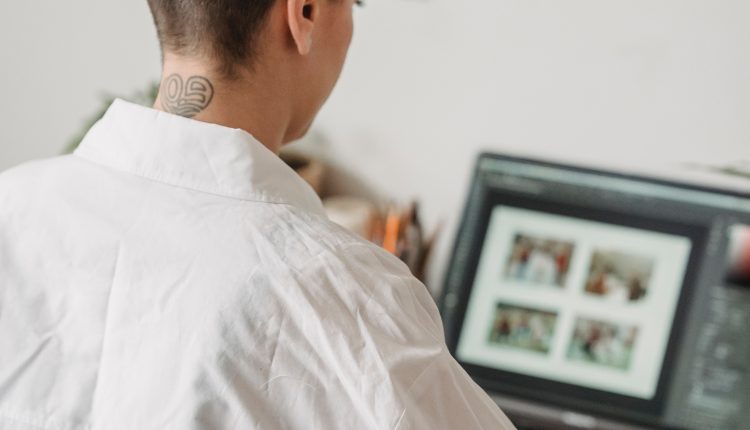Artificial Intelligence (AI) has come a long way in recent years, and one of the areas where it is making significant strides is image generation. Editors like Adobe Express online photo editor are being used to create images that are so realistic that it’s sometimes difficult to tell whether they were generated by a human or a computer. So, which AI makes images realistic, and how does it work?
The answer is a Generative Adversarial Network, or GAN for short. A GAN is a type of machine learning system that consists of two neural networks: a generator and a discriminator. The generator’s job is to create new images, while the discriminator’s job is to tell whether an image is real or fake.

How GANs Work
Table of Contents
The two networks are trained together in a process called adversarial training. The generator creates images, and the discriminator tries to determine whether they are real or fake. The generator then adjusts its output based on the feedback from the discriminator, and the process is repeated until the generator is creating images that are indistinguishable from real images.
Applications of GANs
GANs have been used to create a wide range of realistic images, including photorealistic images of people, landscapes, and even animals. They have also been used in the creation of realistic deepfake videos.
Creating Photorealistic Faces
One of the most popular applications of GANs is in the creation of realistic faces. This has important implications in fields such as film and gaming, where realistic human characters are essential. Researchers have used GANs to create photorealistic images of people that are virtually indistinguishable from real photographs.

Creating Realistic Landscapes
Another application of GANs is in the creation of realistic landscapes. Researchers have used GANs to create realistic images of outdoor scenes, including forests, mountains, and beaches. These images are so realistic that they could be used in virtual reality applications, where the user would feel as though they were actually in the environment depicted in the image.
Deepfake Videos
GANs have also been used in the creation of deepfake videos. With AI video editing got to another level. Deepfakes are videos that use AI to superimpose one person’s face onto another person’s body, creating a video that looks like the person in the video is saying or doing something that they never actually did. While deep fakes have garnered a lot of attention for their potential misuse, they are also being used for legitimate purposes, such as in the film industry.
Other Types of AI for Image Generation
There are other types of AI that can be used to create realistic images as well. One example is the Variational Autoencoder (VAE). A VAE is a type of neural network that can be used to generate new images based on an existing dataset. The difference between a VAE and a GAN is that a VAE is not adversarial, so it does not have a discriminator. Instead, it tries to recreate the input image as accurately as possible.
Another type of AI that can be used to create realistic images is the StyleGAN. StyleGAN is an advanced version of the GAN that allows for more fine-grained control over the output image. With StyleGAN, it’s possible to generate images that are not only realistic but also match a specific style or aesthetic.
In conclusion, GANs are the most commonly used AI for generating realistic images. They work by training a generator and discriminator neural network together in an adversarial process until the generator creates images that are indistinguishable from real images. GANs have a wide range of applications, from creating realistic faces and landscapes to deepfake videos. However, other types of AI, such as the VAE and StyleGAN are also used for image generation and offer unique features and benefits.

